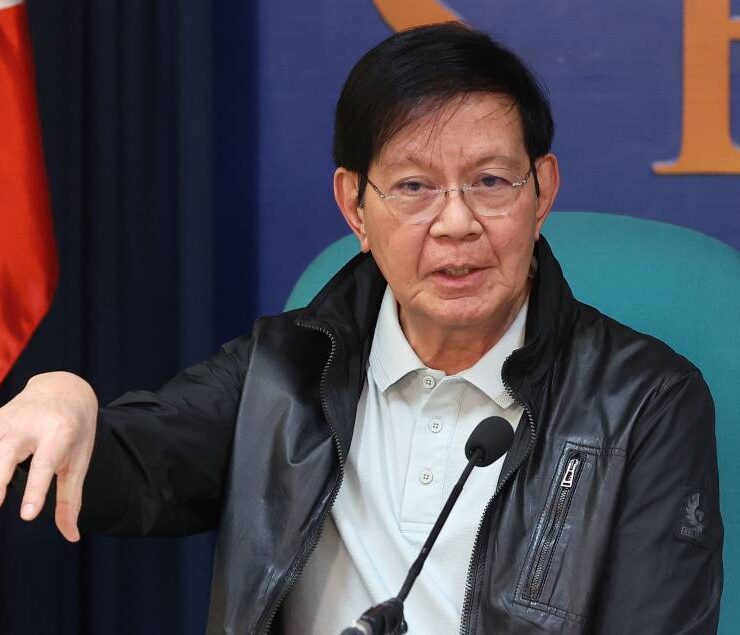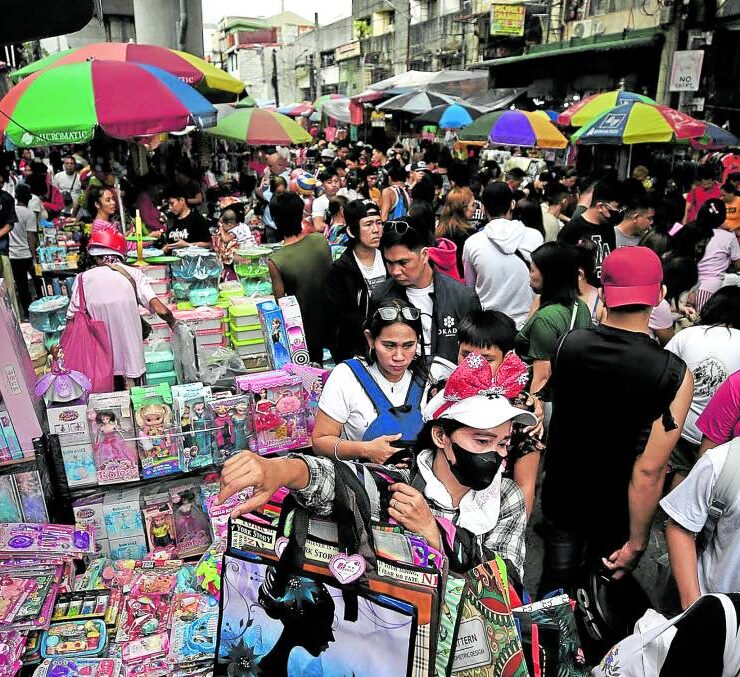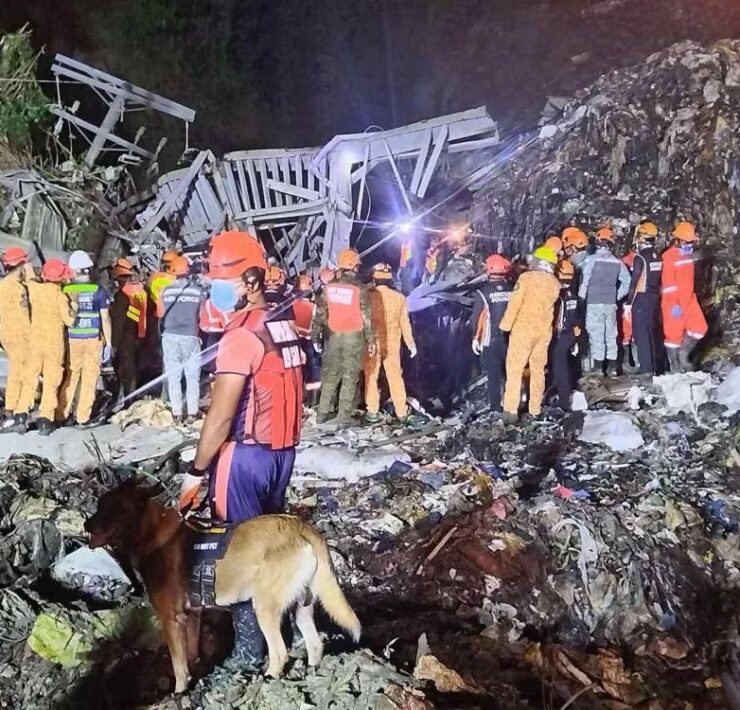A ‘lighthouse’ for disaster prevention

Just as the Philippines was basking in the glow of being praised by a United Nations official as a “lighthouse to the rest of the region and the world” on disaster risk reduction, a report released last week by the international aid group Oxfam painted a contrasting—and less flattering—portrait of the country’s preparedness for natural catastrophes.
Timed to coincide with Manila’s hosting of the Asia-Pacific Ministerial Conference on Disaster Risk Reduction, the Oxfam report revealed that the Philippine government had been “underutilizing” its disaster funds, as it spent more money on responding to calamity than taking steps to prevent it from happening, or minimizing death and damage.
“Oxfam found that the government uses 30 percent of disaster funds for quick responses, but leaves 70 percent of funds meant for mitigating disasters almost untouched,” said Rhoda Avila, acting Oxfam Pilipinas executive director, adding: “These funds could support much-needed community preparedness.”
From 2016 to 2020, about P118 billion in public funds for disaster mitigation or prevention was not used at all, Oxfam lamented.
People-centered focus
Those were sobering findings indeed, coming in the wake of the statement of Kamal Kishore, chief of the UN Office for Disaster Risk Reduction, who lauded the Philippines’ approach to disaster risk mitigation at the launch of the summit held at the Philippine International Convention Center in Pasay City from Oct. 14 to 17.
“Your approach is marked by a people-centered focus—talking about what really needs to happen on the ground [and] how people experience the effects of disaster risk reduction,” said Kishore. The special representative of the UN secretary general for disaster risk reduction also praised the Philippines for how it “brings different parts of the government together,” which “is not something that you see in many different countries.”
But as the Oxfam report noted, another thing not seen in better-run governments is the abysmally low absorptive capacity of disaster management offices, a perennial problem plaguing frontline agencies due to incompetence, mismanagement, corruption, or all three.
In the Philippines, local government units (LGUs) set aside 5 percent of their revenue for the Local Disaster Risk Reduction and Management Fund (LDRRMF).
Under the Philippine Disaster Risk Reduction and Management Act of 2010, the LDRRMF shall cover a 30-percent lump-sum allocation for the Quick Response Fund (QRF) and a 70-percent allocation for disaster prevention and mitigation, preparedness, response, rehabilitation and recovery.
Missed opportunities
As the name implies, QRF is a built-in budgetary allocation that represents “pre-disaster or standby funds for agencies in order to immediately assist areas stricken by catastrophes and crises.” These are the funds released upon the declaration of a state of calamity, allowing officials to tap readily available cash.
On the other hand, disaster prevention refers to outright avoidance of hazards through actions taken in advance, such as the construction of dams or embankments that eliminate flood risk, land-use regulations that ban settlement in high-risk zones, and seismic engineering designs that ensure the survival of critical buildings. Disaster mitigation refers to measures that lessen or limit adverse impacts, such as engineering techniques, hazard-resilient construction, or improved environmental policies and public awareness.
Unfortunately, while LGUs routinely use QRF in response to typhoons, earthquakes, and other catastrophes, the bulk of funds intended for disaster prevention and mitigation ends up unspent, embodying what Oxfam described as the “magnitude of missed opportunities in enhancing resilience.”
Cost of government inaction
Oxfam said part of the problem lay in LGUs growing used to a “reactive type of spending,” as well as a “fear of disallowance” from the Commission on Audit. “This is the reason for the year-on-year accumulation of special trust funds from the LDRRMF—an ironic situation for a country visited by an average of 20 typhoons a year,” Oxfam said.
There are, of course, outliers, as several LGUs have taken anticipatory actions before disaster. For example, early cash transfers allowed towns in Eastern Samar and Mindanao to distribute groceries, medicines, and water to families days before Typhoon “Odette” hit in 2021.
Still, the problem of agencies being unable to tap disaster funds persists. In a country ranked as the most vulnerable to extreme natural events and negative climate change impacts in the 2024 World Risk Report, this is a failure of governance for which both the legislative and executive branches must work together to find solutions.
As a so-called lighthouse for disaster risk reduction, the Philippines must light the way for its people not only to survive but avoid calamity before it strikes. Time is of the essence, for the cost of government inaction may well be paid in lives.





















